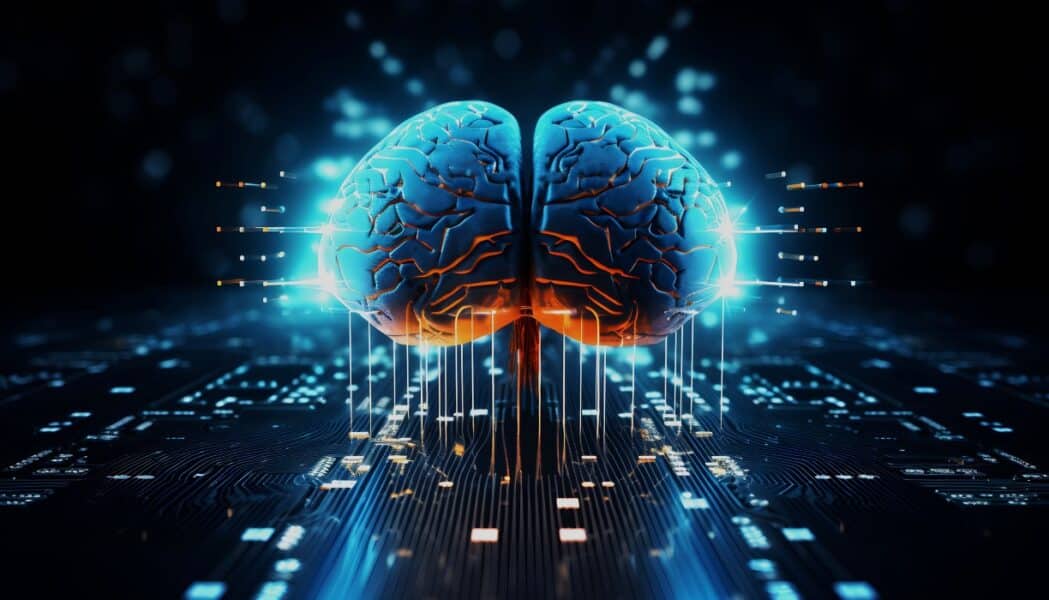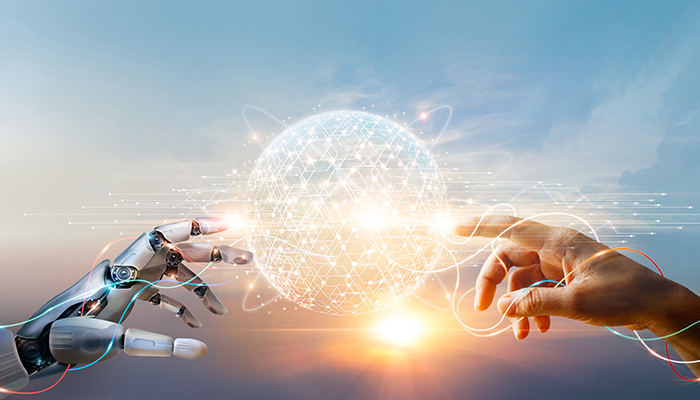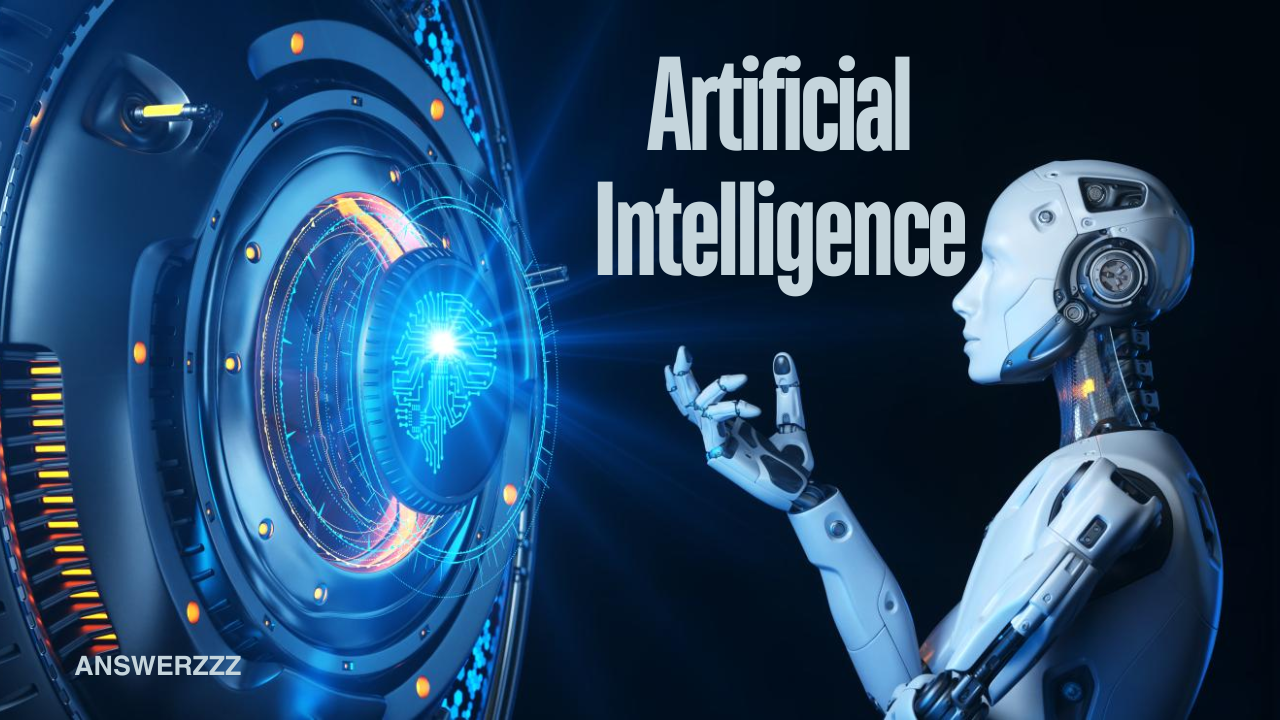In recent years, artificial intelligence (AI) has emerged as a transformative force, reshaping various sectors and pushing the boundaries of technological innovation. From healthcare and finance to education and entertainment, AI is not merely an adjunct to human capabilities; it represents a profound shift in how we interact with technology, make decisions, and understand the world around us. This article delves into the multifaceted landscape of artificial intelligence, exploring its current applications, future potential, ethical considerations, and the challenges that lie ahead.
Understanding Artificial Intelligence

Artificial intelligence refers to the simulation of human intelligence in machines programmed to think and learn like humans. AI systems can perform tasks that typically require human intelligence, such as visual perception, speech recognition, decision-making, and language translation. Broadly categorized into two types—narrow AI and general AI—narrow AI focuses on specific tasks, such as facial recognition or playing chess, while general AI aims to replicate human cognitive abilities across various domains.
The Evolution of AI
The journey of artificial intelligence began in the mid-20th century, with pioneers like Alan Turing and John McCarthy laying the groundwork for future advancements. Turing’s concept of the “Turing Test” set the stage for evaluating a machine’s ability to exhibit intelligent behaviour indistinguishable from that of a human. The 1956 Dartmouth Conference, considered the birthplace of AI, brought together researchers who envisioned machines capable of performing tasks requiring human-like intelligence.
Since then, AI has undergone significant transformations, fueled by advancements in computing power, data availability, and algorithmic improvements. The advent of machine learning, a subset of AI that enables systems to learn from data and improve over time, has revolutionized the field. Deep learning, which employs neural networks to analyze vast amounts of data, has further propelled AI’s capabilities, leading to breakthroughs in natural language processing, computer vision, and autonomous systems.
Current Applications of AI
AI is already making substantial inroads across various sectors, enhancing efficiency, accuracy, and innovation. Here are some key areas where AI is currently being utilized:
1. Healthcare
AI is transforming the healthcare landscape by enabling early diagnosis, personalized treatment plans, and predictive analytics. Machine learning algorithms can analyze medical images, such as X-rays and MRIs, with remarkable accuracy, assisting radiologists in detecting anomalies. AI-powered chatbots are also being employed for triaging patients and answering health-related queries, improving access to care.
Moreover, AI can process vast amounts of data from clinical trials and patient records to identify patterns that inform treatment strategies. For instance, IBM Watson Health uses AI to analyze medical literature and clinical data, aiding healthcare professionals in making evidence-based decisions.
2. Finance
In the finance sector, AI is revolutionizing risk assessment, fraud detection, and trading strategies. Financial institutions use machine learning algorithms to analyze transaction data and identify suspicious activities, enhancing their ability to combat fraud. AI-powered robo-advisors provide personalized investment advice, enabling individuals to manage their portfolios more effectively.
Furthermore, AI-driven predictive analytics allows financial institutions to assess credit risk, streamline loan approvals, and optimize investment strategies. By analyzing historical data and market trends, AI can help investors make informed decisions and adapt to market fluctuations.
3. Education
AI is reshaping the education landscape by personalizing learning experiences and automating administrative tasks. Intelligent tutoring systems use AI algorithms to adapt to individual students’ learning styles, providing tailored resources and feedback. These systems can assess a student’s strengths and weaknesses, allowing educators to focus on areas that require improvement.
In addition, AI can streamline administrative processes, such as grading and scheduling, freeing up educators to focus on teaching. Virtual learning environments powered by AI enhance student engagement and collaboration, fostering a more interactive learning experience.
4. Transportation
The transportation industry is witnessing a paradigm shift with the introduction of autonomous vehicles. AI technologies, including computer vision and sensor fusion, enable vehicles to navigate complex environments, interpret traffic signals, and respond to unforeseen obstacles. Companies like Tesla, Waymo, and Uber are at the forefront of developing self-driving technology, aiming to enhance safety and reduce traffic congestion.
Moreover, AI is optimizing logistics and supply chain management by predicting demand, optimizing routes, and improving inventory management. By analyzing data in real time, AI can enhance efficiency and reduce operational costs.
5. Entertainment
AI is transforming the entertainment industry by enhancing content creation, personalization, and audience engagement. Streaming platforms like Netflix and Spotify use AI algorithms to analyze user preferences and recommend content tailored to individual tastes. These recommendations not only improve user satisfaction but also drive engagement and retention.
In addition, AI is being employed in content creation, with algorithms capable of generating music, art, and even scripts. For instance, OpenAI’s GPT-3 has been used to write articles, poetry, and even dialogue for video games, showcasing the potential of AI in creative fields.
The Future of AI

As AI continues to evolve, its future potential is vast and multifaceted. Several trends are shaping the trajectory of artificial intelligence:
1. Increased Automation
The automation of routine tasks across various industries will become more prevalent, freeing up human resources to focus on higher-level strategic functions. AI-powered robots will increasingly take on roles in manufacturing, logistics, and customer service, enhancing productivity and reducing costs.
2. Enhanced Human-Machine Collaboration
AI will augment human capabilities, leading to more effective collaboration between humans and machines. AI systems will serve as intelligent assistants, providing real-time insights and recommendations to enhance decision-making processes. This collaboration will enable professionals to leverage AI’s analytical power while retaining their creativity and emotional intelligence.
3. Advancements in Natural Language Processing
Natural language processing (NLP) is a rapidly advancing field within AI, enabling machines to understand and interact with human language. Future advancements in NLP will lead to more sophisticated chatbots, virtual assistants, and translation tools, facilitating seamless communication between individuals and machines.
4. AI Ethics and Regulation
As AI becomes more integrated into society, ethical considerations surrounding its use will take centre stage. Issues such as bias in algorithms, data privacy, and job displacement will require careful consideration and regulation. Policymakers and industry leaders must collaborate to establish guidelines that ensure responsible AI development and deployment, prioritizing fairness and transparency.
5. AI in Emerging Technologies
The convergence of AI with other emerging technologies, such as the Internet of Things (IoT), blockchain, and augmented reality (AR), will unlock new possibilities. AI can analyze data generated by IoT devices, enabling smarter cities and efficient resource management. Blockchain technology can enhance AI’s transparency by providing secure and verifiable data for training algorithms.
Ethical Considerations in AI
As AI continues to permeate various aspects of life, ethical considerations must be at the forefront of its development. Here are some critical ethical issues surrounding AI:
1. Bias and Fairness
AI algorithms are trained on historical data, which can reflect societal biases. If not addressed, these biases can lead to unfair treatment of individuals based on race, gender, or socioeconomic status. Ensuring fairness in AI systems requires diverse datasets, transparency in algorithm development, and regular audits to identify and mitigate bias.
2. Privacy Concerns
AI systems often rely on vast amounts of data, raising concerns about data privacy and security. Organizations must implement robust data protection measures to safeguard personal information and comply with regulations such as the General Data Protection Regulation (GDPR). Striking a balance between leveraging data for AI advancements and respecting individuals’ privacy rights is essential.
3. Job Displacement
The automation of tasks through AI has the potential to displace certain jobs, leading to concerns about unemployment and workforce displacement. Preparing for this transition requires investment in education and retraining programs to equip individuals with the skills needed for emerging roles in the AI-driven economy.
4. Accountability and Transparency
As AI systems make decisions that impact individuals and society, questions of accountability arise. Determining who is responsible for AI-driven decisions—be it developers, organizations, or the AI itself—requires clear frameworks for accountability. Transparency in algorithmic decision-making processes is crucial to building trust and understanding among users.
Challenges Ahead
While the potential of AI is vast, several challenges must be addressed to fully realize its benefits:

1. Technical Limitations
Despite significant advancements, AI still faces technical limitations, particularly in areas such as common sense reasoning and understanding context. Developing AI systems that can comprehend complex human emotions and nuances remains a challenge.
2. Regulatory Hurdles
The rapid pace of AI development often outpaces regulatory frameworks. Policymakers must catch up to ensure that AI technologies are developed and deployed responsibly, balancing innovation with ethical considerations.
3. Public Perception and Trust
Building public trust in AI technologies is essential for widespread adoption. Addressing concerns about privacy, bias, and job displacement will require transparent communication and education about the benefits and risks associated with AI.
Artificial intelligence represents the next frontier in technology, offering unprecedented opportunities to enhance efficiency, innovation, and human experience across various sectors. As AI continues to evolve, its integration into society will require careful consideration of ethical implications, regulatory frameworks, and public perception. By navigating these challenges and fostering responsible AI development, we can harness its potential to create a brighter and more equitable future. The journey of AI is just beginning, and its impact will shape the world for generations to come.



